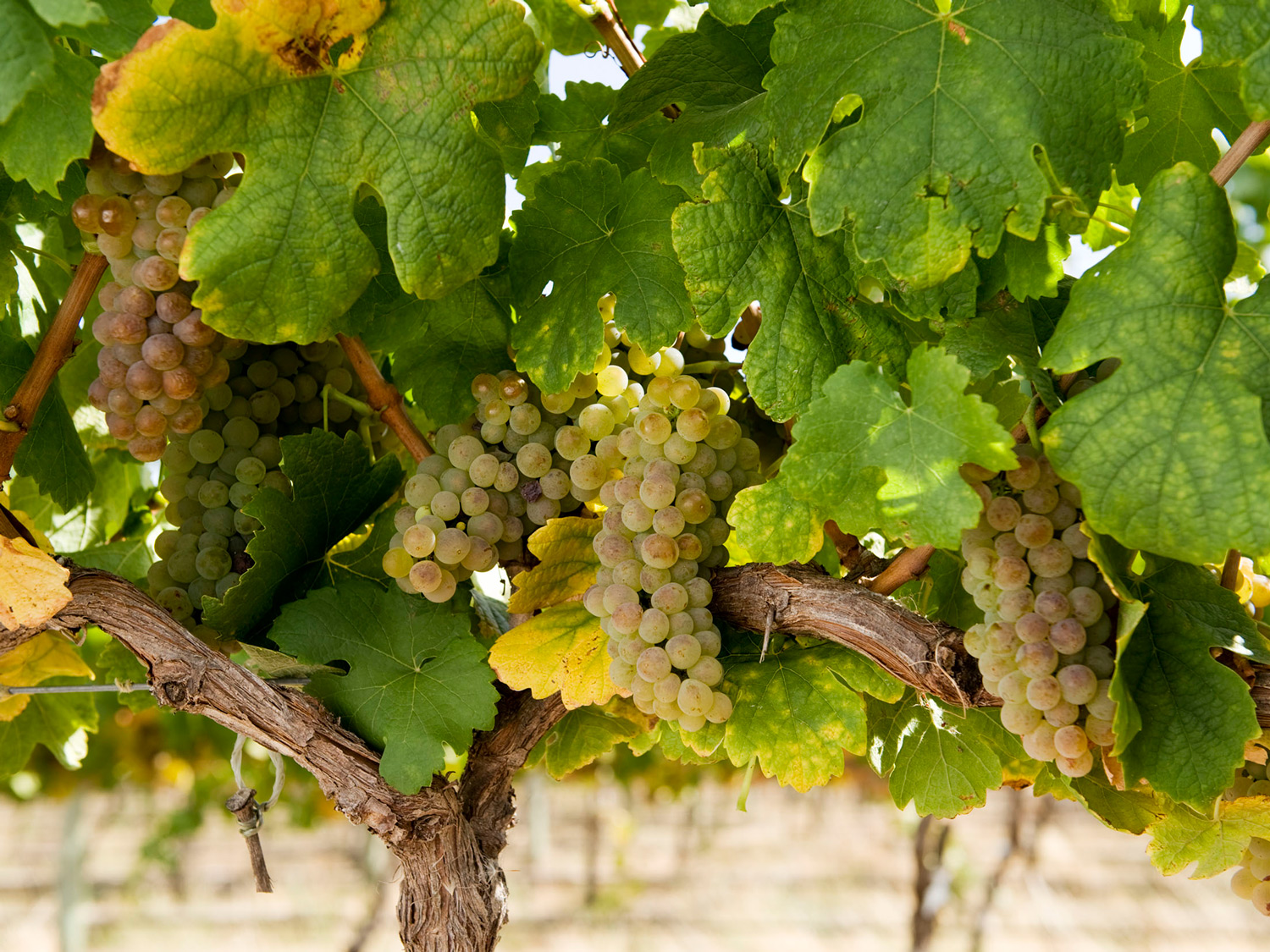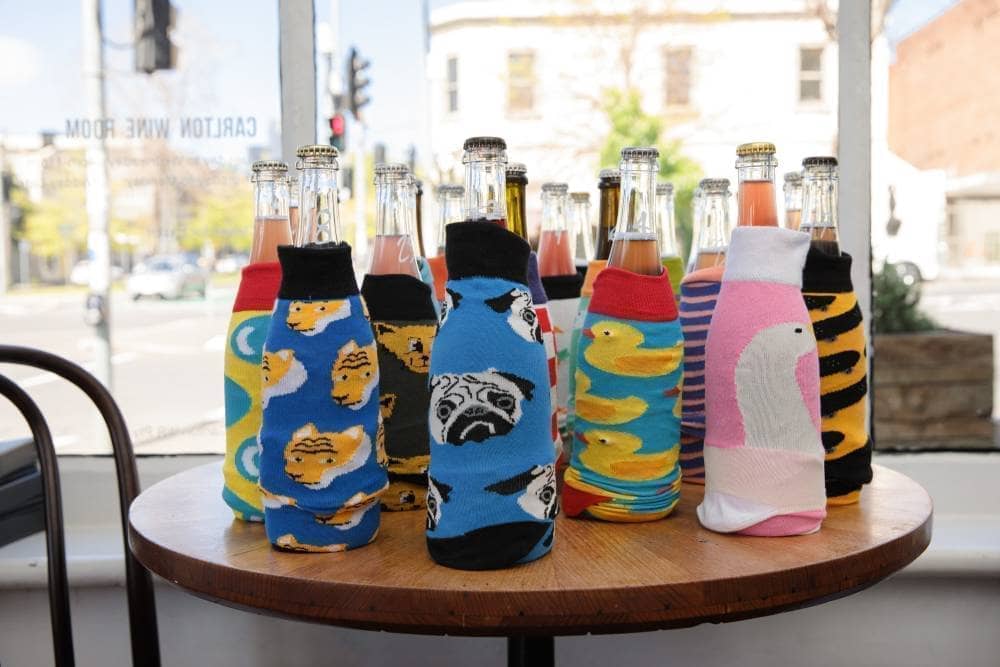Hailing from France’s Northern Rhône, roussanne is slowly making a mark in Australia, with the grape well suited to warmer climates, producing wines of texture, fruit depth and freshness, while also making compelling expressions in cool climate zones.
Also known as
Roussanne is called bergeron in in the appellation of Chignin in France’s Savoie region, but wine drinkers are unlikely to be troubled by any other synonyms.
What roussanne tastes like
With aromas of orchard fruits, in the pear and golden apple spectrum, roussanne also typically displays herbal aromas, though not in the grassy spectrum, more akin to alpine herbs and sage.
Vineyard & winemaking
Roussanne is not a reliable prospect in the vineyard, with variable yields and a susceptibility to mildew. It is also slow to ripen but can reach high potential alcohol if left on the vine too long. It’s later ripening also means that it holds acidity well, making it a good prospect for warmer regions. In terms of winemaking, roussanne can make quite a textural wine, with judicious oak input not out of place.
Where is roussanne grown?
France’s Northern Rhône is where roussanne reaches its greatest heights, though it is typically blended with marsanne, with the Hermitage appellation being seen as the pinnacle. Roussanne is similarly blended in the Southern Rhône, most famously for Châteauneuf-du-Pape blanc, with grenache blanc, clairette, picpoul, bourboulenc and picardan. Roussanne also features further south in the wines of the Languedoc and Provence, while it also crops up in the Alpine region of Savoie, near France’s Swiss border.
Roussanne around the world
There are some 100 hectares of roussanne in Italy, mainly in Puglia and Tuscany – where it is a component of the Montecarlo DOC. In the New World, roussanne is grown in California and further north in Washington State.
Roussanne in Australia
There is documentation of roussanne being planted in Australia in the 19th century, but it never established a significant foothold. It wasn’t until the 1990s that it began to make a bit of a mark, and primarily in blends with marsanne and viognier, the Northern Rhône’s other major white grapes. The Yarra Valley’s Yeringberg have arguably prosecuted the case for roussanne (blended with marsanne) the most vigorously, after planting it in the 1980s. Elsewhere in Victoria, Mitchelton, under Don Lewis, made a mark with a Rhône white blend, while Giaconda also saw a future in the grape, and though Rick Kinzbrunner eventually grafted over his vines in the end, he has recently revived the roussanne project with an amphora-raised, skin-contact wine from 2019. That perhaps took inspiration from Peter Fraser’s Yangarra ‘Roux Beauté’ (meaning ‘redhead beauty’ in reference to the red-hued berries), which he has been making since 2013 on skins in concrete eggs.
Photo of roussane grapes seen here, courtesy of Yangarra.
Some of the best Australian roussanne
d’Arenberg
Giaconda
Harrison
Jamsheed
Michael Hall
St Huberts
Yangarra




